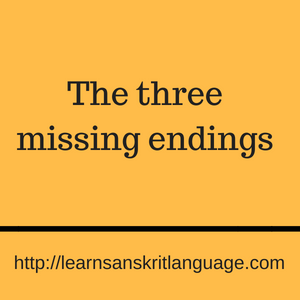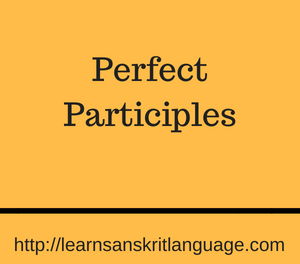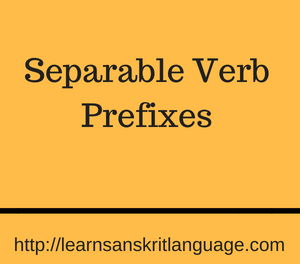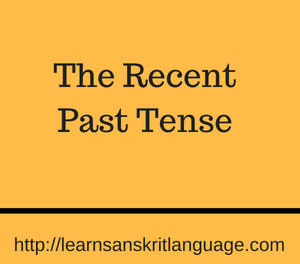By far from all then endings that we learned, we have been avoiding two endings from the second person and one from the third person. The reason for doing so was that these the three missing endings occurred rarely, but now it’s perfect for us to learn them.
As we all know, a verb is always distinguished into two classes; (simple/complex), into modes; (Parasmaipada/atmanepada), into four forms; (present tense, ordinary future tense, option mood, and command mood). So let us begin with studying four forms.
Present tense:
Three endings (all verb classes, P)
| singular | dual | plural | |
|---|---|---|---|
| third person | - | तः taḥ | - |
| second person | - | थः thaḥ | - |
Three endings (simple verb classes, A)
| singular | dual | plural | |
|---|---|---|---|
| third person | - | ईते īte | - |
| second person | - | ईथे īthe | ध्वे dhve |
Three endings (complex verb classes, A)
| singular | dual | plural | |
|---|---|---|---|
| third person | - | आते āte | - |
| second person | - | आथे āthe | ध्वे dhve |
Ordinary present tense and command mood:
Three endings (all verb classes, P)
| singular | dual | plural | |
|---|---|---|---|
| Third person | - | ताम् tām | |
| second person | - | तम् tam | त ta |
Three endings (simple verb classes, A)
| singular | dual | plural | |
|---|---|---|---|
| third person | - | ईताम् ītām | - |
| second person | - | ईथाम् īthām | ध्वम् dhvam |
Three endings (complex verb classes, A)
| singular | dual | plural | |
|---|---|---|---|
| Third person | - | आताम् ātām | - |
| Second person | - | आथाम् āthām | ध्वम् dhvam |
Option mood
The ending of this mood is same as above given moods, but this mood uses some prefixes through which we get to know that option mood is in use.
| Simple para | Simple para | Simple & Complex ātma |
| ī | yā | īyā |
However, the prefix īyā and ā/ī have slightly different endings
Three endings (all verb classes, A)
| singular | dual | plural | |
|---|---|---|---|
| Third person | - | ईयाताम् īyātām | |
| second person | ईयाथाम् īyāthām | ईध्वम् īdhvam |




